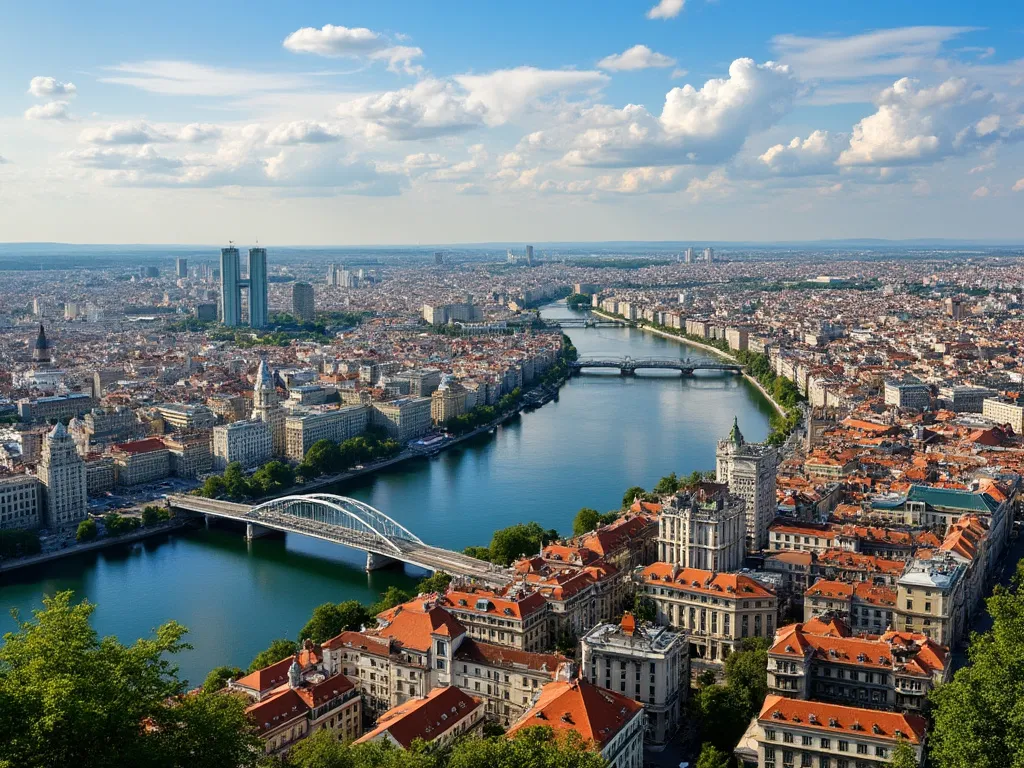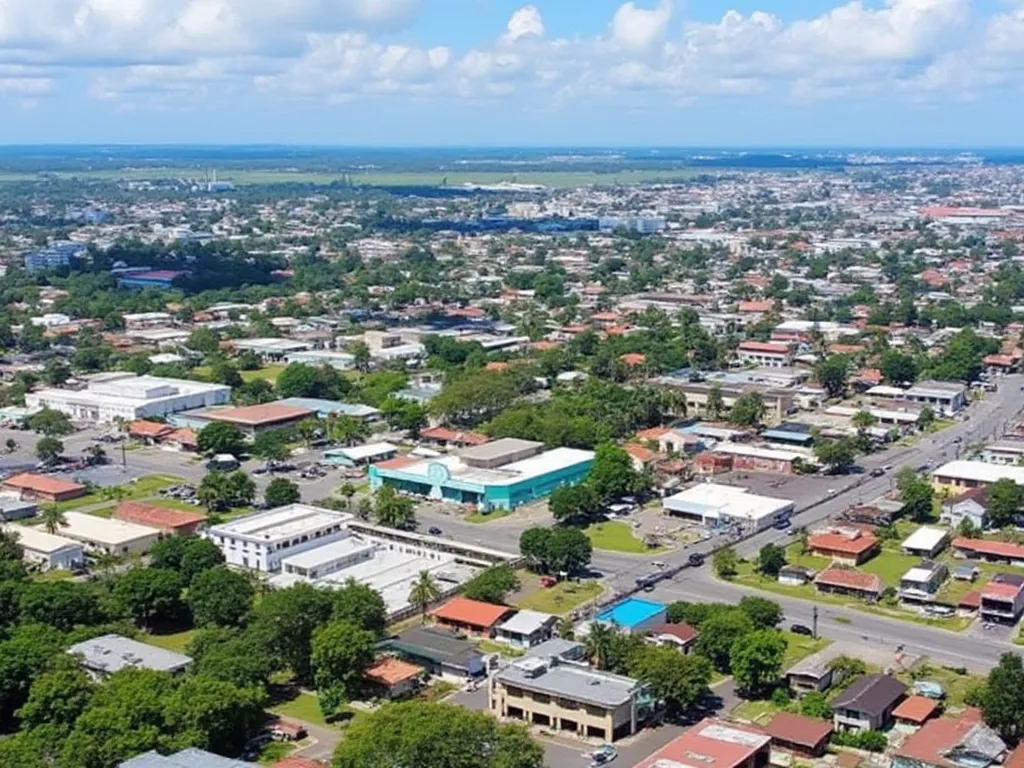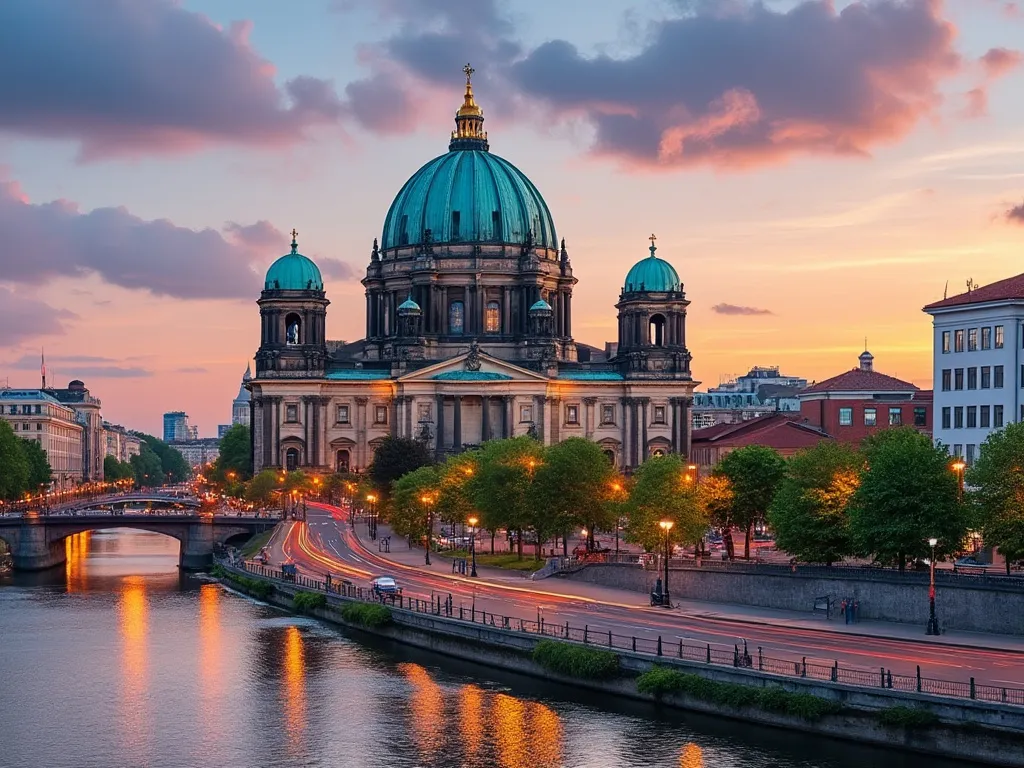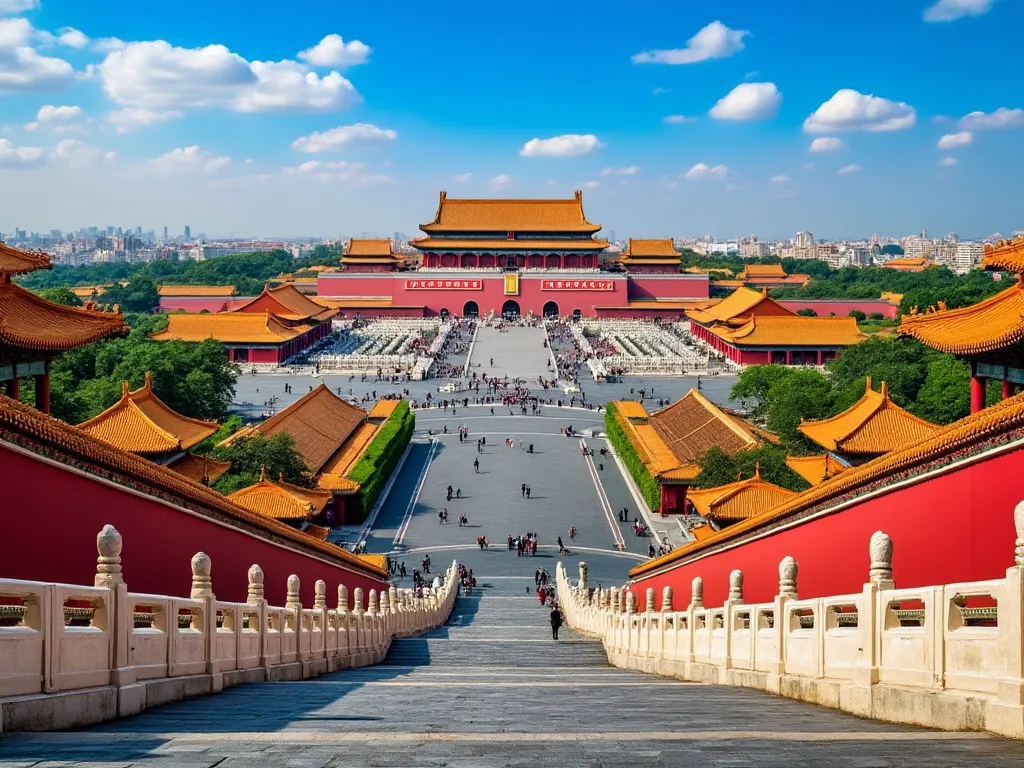
Belgrade, the capital and largest city of Serbia, is a vibrant metropolis with a rich history spanning over 7,000 years. Situated at the confluence of the Sava and Danube rivers, Belgrade has been a crossroads of cultures and civilizations throughout its long existence. Today, it stands as a dynamic European capital, blending its historical legacy with modern urban life and serving as Serbia's political, economic, and cultural center.
Belgrade Information
| Country | 🇷🇸 Serbia |
| Population | 1,378,682 (2021 estimate) |
| Coordinates | 44°49′N 20°28′E |
| Area | 359.96 km² (138.98 sq mi) |
| Climate | Humid subtropical climate (Köppen: Cfa) |
| Language | Serbian |
| Currency | Serbian dinar (RSD) |
| Time zone | UTC+1 (CET), UTC+2 (CEST) |
| Proximity to other major cities | Budapest: 316 km, Sofia: 374 km, Bucharest: 450 km |
Historical Background of Belgrade
Belgrade's history is one of the oldest and most tumultuous in Europe. First settled in the 3rd century BCE by Celtic tribes, the city has since been conquered by Romans, Huns, Avars, Byzantines, Franks, Bulgarians, Hungarians, Ottomans, and Austrians. Its strategic location at the confluence of two major rivers made it a frequent target for invasions, earning it the nickname "The White City" due to its fortress walls.
Key historical periods include:
- Roman era (1st-5th centuries CE): Known as Singidunum
- Medieval Serbian capital (1403-1427)
- Ottoman rule (16th-19th centuries)
- Capital of Yugoslavia (1918-1991)
- Capital of Serbia (since 1991)
Geographical Location of Belgrade
Belgrade is located in southeastern Europe, in the Balkan region. Its unique geographical position at the confluence of the Sava and Danube rivers has been crucial to its historical importance and development. The city is situated on the southern edge of the Pannonian Plain, with its urban area spreading across both banks of the Sava and Danube.
The city's terrain is varied, with a hilly southern section and flatter areas to the north. This diverse landscape contributes to Belgrade's distinct neighborhoods and panoramic views, particularly from vantage points like the Belgrade Fortress.
Cultural Significance of Belgrade
As Serbia's capital, Belgrade is the country's cultural heart, offering a rich tapestry of historical and contemporary cultural experiences:
- Museums: National Museum, Museum of Contemporary Art, Nikola Tesla Museum
- Theaters: National Theatre, Belgrade Drama Theatre
- Music scene: Known for its vibrant nightlife and music festivals like the Belgrade Summer Festival
- Literary heritage: Home to many renowned Serbian writers and poets
- Sports culture: Passionate about football, basketball, and tennis
Economic Importance of Belgrade
Belgrade is the economic powerhouse of Serbia, contributing significantly to the country's GDP:
- Financial center: Home to the National Bank of Serbia and major financial institutions
- Industry: Manufacturing, construction, and IT sectors
- Services sector: Retail, hospitality, and professional services
- Transportation hub: Major road, rail, and air transport connections
- Tourism: Growing sector, attracting both leisure and business travelers
Interesting Facts About Belgrade
- Belgrade has been destroyed and rebuilt over 40 times throughout its history
- The city is home to one of the world's largest Orthodox churches, Saint Sava Temple
- Belgrade's Nikola Tesla Museum houses the ashes of the famous inventor
- The city has a unique underground network of tunnels and caves, some dating back to Roman times
- Belgrade's Vinča culture (5700-4500 BCE) is one of the most important prehistoric cultures of Europe
Tourist Attractions in Belgrade
Belgrade offers a diverse range of attractions for visitors:
- Belgrade Fortress: Ancient fortress overlooking the confluence of the Sava and Danube rivers
- Skadarlija: Bohemian quarter known for its restaurants and art galleries
- Knez Mihailova Street: Main pedestrian and shopping zone in the city center
- Ada Ciganlija: River island turned peninsula, popular for recreation and water sports
- Museum of Yugoslavia: Dedicated to the history of Yugoslavia and housing Tito's mausoleum
- Saint Sava Temple: One of the largest Orthodox churches in the world
Conclusion on Belgrade
Belgrade, with its millennia-old history and strategic location, stands as a testament to resilience and cultural diversity. As Serbia's capital, it serves as the nation's political, economic, and cultural nucleus, continuously evolving while preserving its rich heritage. The city's unique blend of historical landmarks, vibrant cultural scene, and modern urban amenities make it a fascinating destination for tourists and a dynamic home for its residents. As Belgrade continues to develop and integrate further with the European and global community, it remains a city that bridges East and West, ancient and modern, offering a unique perspective on European history and contemporary urban life.
 Belmopan
Belmopan
 Berlin
Berlin
 Beijing
Beijing
 Beirut
Beirut